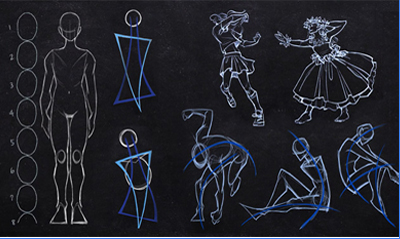
Every budding artist has faced the challenge of capturing the essence of a fleeting moment, the dynamic movement of a dancer, or the subtle shift in a model’s posture.
How can one encapsulate such transient beauty on paper?
Enter gesture drawing, a technique that emphasizes the action, form, and pose of a subject. While you may think it’s all about quick sketches, there’s more to it.
Gesture drawing is not just a warm-up; it’s a profound study of movement, rhythm, and the human figure in motion. Gesture drawing evokes emotions, making you feel the energy and spirit of the subject.
Dive into this article, and you’ll not only understand the art of gesture drawing but also discover the soul behind every stroke.
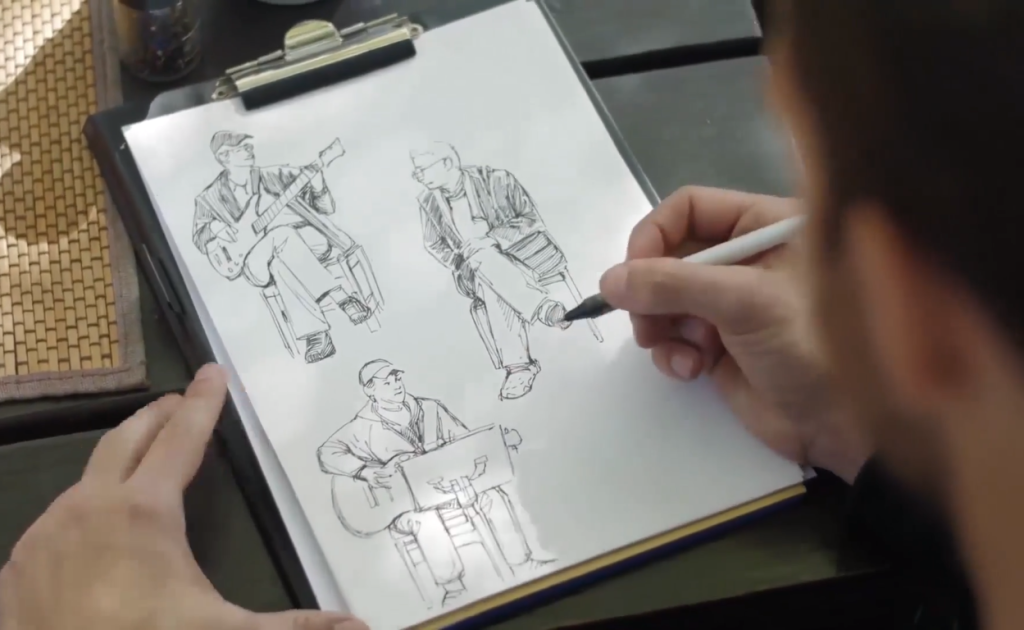
Gesture drawing is an illustration style that focuses on capturing the essence of a subject in its most basic form. Rather than getting caught up in minute details, you’re trying to capture your subject’s movement, action, or overall shape.
Think of it as the ‘big picture’ kind of drawing.
Let’s say you’re drawing a running person. Instead of worrying about wrinkles on the shirt or the laces on the shoes, you’d focus on the overall shape of their body, the position, the way their arms swing, and the energy of their movement.
This approach can help artists convey a sense of motion and life in their work.
It’s like taking quick notes in class. You don’t write down every single word your teacher says. Rather, you jot down the main points.
That’s what gesture drawing is – capturing the ‘main points.’
Gesture drawing is a fun and liberating way to approach art. It’s also an excellent tool for artists to have in their toolboxes.
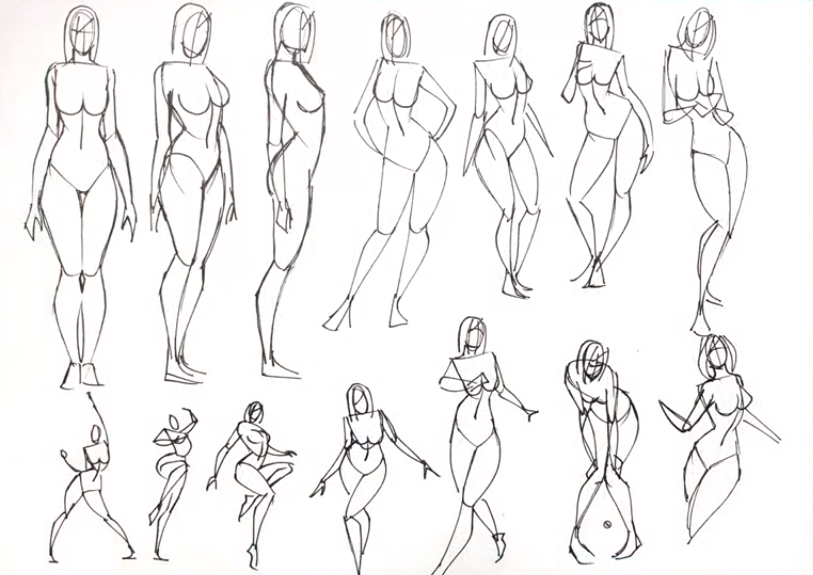
By quickly sketching out the action, gesture drawing teaches you how muscles stretch & strain during different motions, how the body twists and turns, and how far the joints can naturally bend or extend.
Gesture drawing is the anatomy class of art, but instead of focusing on what’s inside the body, you’re learning about how the outside of the body moves and expresses itself.
Here are some more benefits of gesture drawing.
Gesture drawing helps you develop the ability to observe and draw fast.
It enhances your eye for body language & movement and your understanding of expressing gestures in your artwork.
Gesture drawing is a great way to develop hand-eye coordination.
When practicing gesture drawing, keeping your hand moving while your eyes focus on capturing the movement of the object you are drawing is essential.
This will help you train your hand and eye to work together to capture the gesture accurately.
This leads to improving overall drawing skills.
Gesture drawing teaches you to focus on the shape and movement of the body.
This helps you to understand the human anatomy, its dynamics, and its movements. Drawing gestures will also help you better understand the body’s proportions.
Practicing gesture drawing makes you better at drawing people in various positions and poses.
Practicing gesture drawing is a great way to understand movement and action better. It allows you to capture the beauty of the human form in motion.
With gesture drawing, you can observe how energy moves through space and is expressed through certain postures, shapes, and movements. This helps you understand the movement and action of the human body in a more detailed way.
By understanding how the body moves and acts, you will be able to capture the essence of the pose and gesture. This will help you to communicate an emotional aspect in your drawings rather than just the technical details.
Gesture drawings are often done as a warm-up exercise during figure and life drawing sessions.
It helps to loosen up the artist’s hand and mind before starting the main drawing. It also allows the artist to become familiar with the model’s gesture without getting bogged down in details.
Once the gesture has been captured, the artist can draw specific features or details of the human figure.
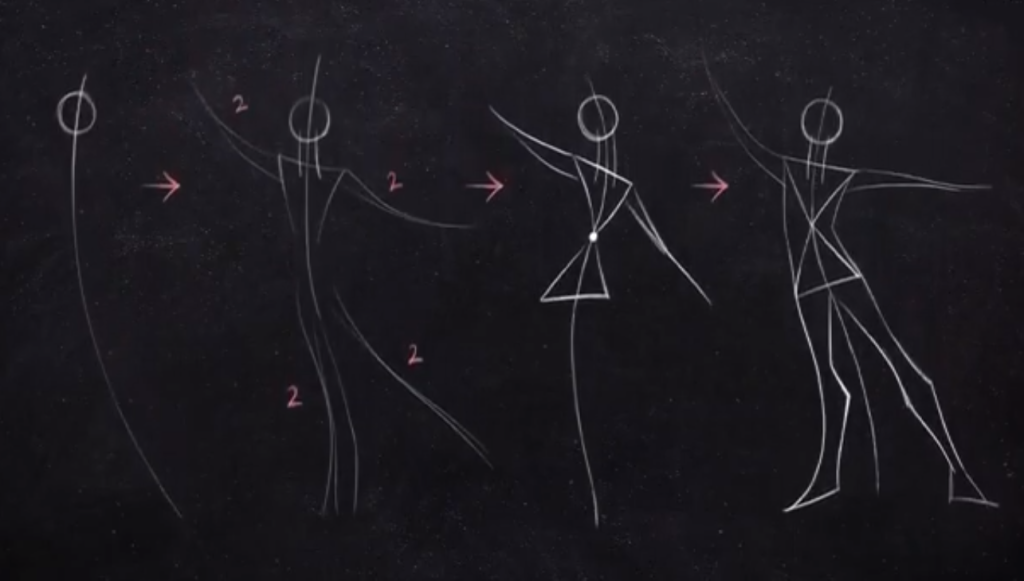
Now that you have seen the benefits of gesture drawing, here are some helpful tips for getting started.
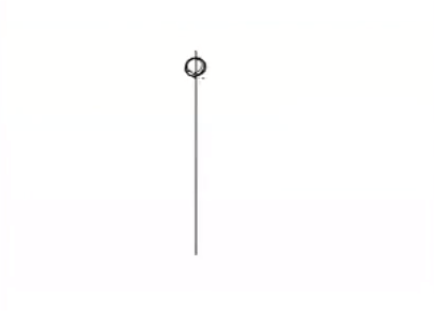
Gesture drawing starts with establishing the line of action. It is a gesture line that describes the gesture of your figure.
The line of action is usually curved and flows throughout the body, outlining each movement and gesture. It should be a continuous line from head to toe, capturing all the movement in between.
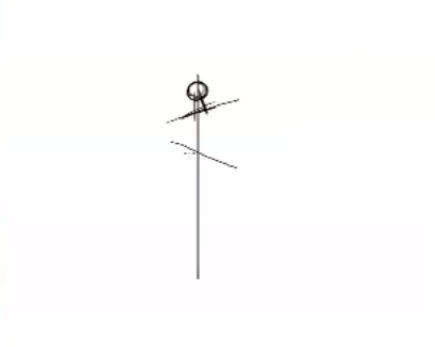
Once you’ve established the gesture line, it’s time to draw the lines for the waist and shoulders. Using your gesture line as a guide, identify where these lines will be placed on the figure.
The lines in your figure may be positioned differently depending on the posture. They can be straight, curved, or even diagonal.
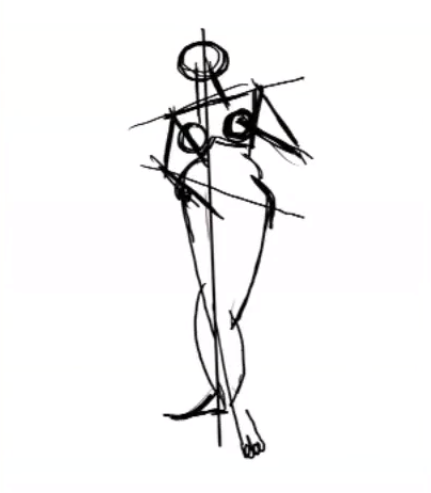
Using the gesture line, waist, and shoulder lines as a guide, you can draw a basic stick figure to indicate the subject’s bone structure.
Drawing stick figures is helpful for beginners as it helps them to understand and capture gestures and guides them in constructing accurate figures.
However, you can skip this step and concentrate on the form as you become more confident in gesture drawing.
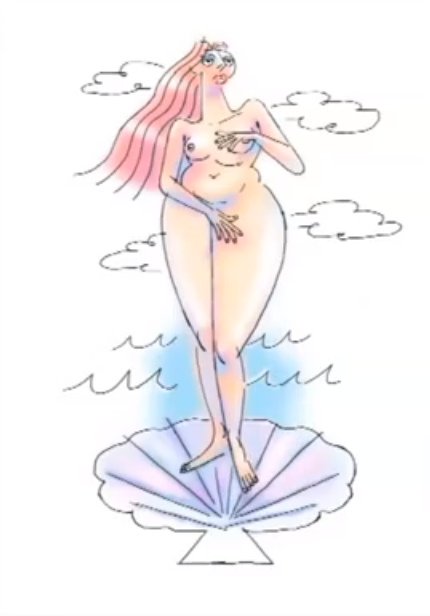
Now that you have the basic structure of your figure, it’s time to develop the form. Start by adding shapes, loose lines, and hints of values to create tones and textures in your figure.
Try experimenting with various line thicknesses for a variety of results. As a gesture drawing progresses, the lines can be drawn darker and more detailed until the final form is achieved.
Focus on gestures when adding details and use light lines to create the shapes. Remember that gesture drawing should be spontaneous and loose – so don’t strive for perfection.
Now that you have a basic understanding of gesture drawing, here are some tips to help you improve your gesture drawing skills.
Gesture drawing is all about capturing the gesture quickly. This can be done by making quick, fluid, and expressive lines.
Don’t worry too much about making straight lines. Focus on keeping your lines loose and spontaneous.
Gesture drawing is not about creating a perfect image. It’s about capturing the gesture and movement of the human figure.
As gesture drawings are done in a few minutes, the focus should be on capturing the gesture rather than details.
The most accurate way to do a gesture drawing is by using a live model. This can be a human model, an animal, or a landscape.
Drawing from life helps you understand movement and action better, allowing you to capture it accurately. It allows you to observe how energy moves through space, which is hard to do when drawing from a photograph.
Another gesture drawing tip is to avoid erasing. Since gesture drawings are usually done very quickly, erasing mistakes will slow you down.
It is better to draw over lines instead of erasing them. This will also help you to keep your gesture drawing fluid and spontaneous.
While practicing gesture drawing, you can set yourself different time limits.
Gesture drawings can range from 15 seconds to 30 minutes, allowing you to capture different levels of detail. Experimenting with different time limits will help you understand how much detail can be captured in a gesture drawing within that time frame.
Yes, gesture drawing is an excellent way for beginners to build foundational knowledge and skills in the visual arts.
By gesture drawing, beginners can better understand human anatomy and form. Additionally, gesture drawing is beneficial in helping beginners develop observational skills, understand rhythm and create compositions. (Read our blog post “How much should you practice gesture drawing?“
A gesture drawing course would be an excellent way to start learning gesture techniques and honing these skills. By learning gesture drawing from experienced professionals, beginners can gain valuable insights while developing their craft.
Soft pencils are great for gesture drawing because they allow you to create a wide range of marks and produce smoother lines on the paper. They also allow you to create gestures quickly as they glide easily over the paper.
4B and 6B pencils are generally recommended for gesture drawing. They can provide a good range of marks from light to dark by pressing harder or softer. However, the type of pencil you choose depends on your preference and the type of gesture drawing you plan to do.
Whichever type of pencil you choose, ensure it has a good point and is sharpened properly so that your gesture marks will be clean and accurate.
Gesture drawing reference websites are a great way to practice gesture drawing without a live model. These websites provide a collection of gesture poses in various categories and styles. This allows artists to practice gesture drawing with various models, speeds, and perspectives.
Some websites also provide timed gesture drawings, which can be helpful for artists looking to improve their speed and accuracy. Reference materials from gesture drawing websites can also be used to create dynamic compositions and interesting figure studies.
Practicing gesture drawing for at least 15 minutes every day is recommended. This regular practice will help you improve your gesture drawing skills and build the confidence to draw a gesture accurately and quickly.
Over time, you can gradually increase the time spent on gesture drawing to an hour or more.
With consistent practice, gesture drawing can become easier and more efficient. Over time, you will be able to recognize gestures and proportions to create accurate gesture drawings quickly.
That’s it! We hope this guide to gesture drawing has given you a better understanding of the basics and techniques involved.
Gesture drawing can be a fun and creative way for artists to explore the human body. It can help them develop an understanding of gesture, motion, and composition in their work.
By following the tips outlined in this article, beginners can start their gesture drawing journey with confidence and create expressive gesture drawings in just a few seconds.
Our courses “Gesture Drawing” and “Fundamentals of Drawing” can help you understand the basics of human anatomy and capture gestures accurately. You may also want to check our illustration courses and procreate courses.
If you want to create realistic figures, our courses “Figure Drawing for Beginners” and “Stylized Figure Drawing” are perfect for you. You can also check out our online courses to take your drawing abilities to the next level.